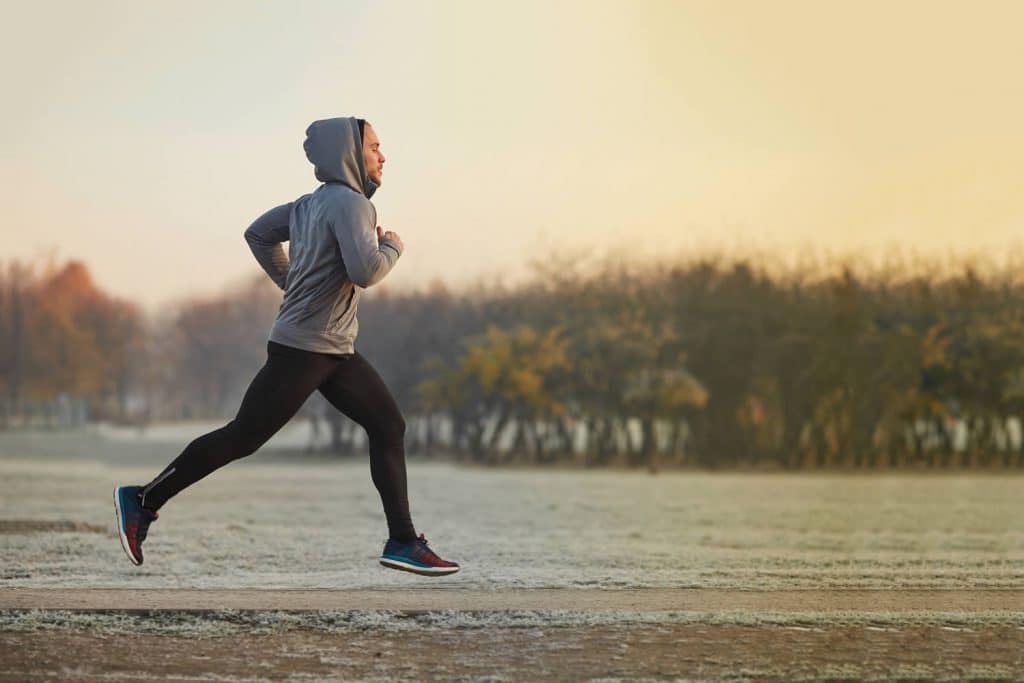How’s Your Achilles Heel?

Do you have pain and stiffness in your calf, Achilles or heel?
Does your Achilles feel sore while you run, ache after you run, and/or feel tight as you walk around?
Are you wondering if you should stop exercising and rest to let things heal?
Achilles tendon injuries can be stubborn and frustrating. Without an individual MANAGEMENT program, this can be a very difficult issue to address. But rest is rarely the right answer for this issue.
Essential Anatomy:
The Achilles tendon joins the muscles in your calf to your heel bone. This is a very common area of pain in people with Achilles tendon issues and is more common in the running/sporting population.
There are various sub types of tendonopathy and several stages of the condition but for the purpose of this blog let’s talk about tendonopathy in general terms.
How does it problem start?
Without a doubt it is due to tissue overload? This is essentially where the load put on the tissue does not have sufficient time to recover and eventually starts to be stiff, painful and in later stages breakdown.
When is this issue likely to happen?
So where the weather is good and you want to make the most of if and get yourself back into shape you go for a run….
You do the same a few times over the next few days, without considering that you haven’t been running much over the last few months. Or maybe you are an experienced runner and you’re trying to beat your previous personal best in your 10k or (half) marathon, so you’ve been upping your training volume recently. Or maybe you don’t like running, but you’ve started going for more hill runs recently.
These are all common examples of overload. Tissues have a load tolerance. When tolerance is exceeded on an ongoing basis, the tissues won’t be able to recover. Tendons take quite a bit longer to recover compared to muscles. This is why you feel the pain in your tendon rather than your muscle.
Runners usually describe a gradual onset of Achilles pain during or after a run (it can often go away as the area gets warmed up). Gradually the pain becomes more frequent and can even start to be a problem on a daily basis when not running. If you continue to train on it, the pain in the tendon will be sharper and you will feel it more often, eventually impeding your ability even to jog lightly. Virtually all of the force generated when you “toe off” the ground during running is transmitted by the Achilles, and this force can be as much as 3-5 times your body weight. That’s a large force!
So if overload is one of the causes of you Achilles pain, what is the solution?
Pretty simple, a gradual increase in loading and some strength training will be a good start.
However, this may not seem as simple when taking intensity, distance, frequency and volume into account. All of these factors need to be MANAGED perfectly. Rest will not help get over the problem.
Overload is the main cause for Achilles tendinopathy, however there can be a lot of other contributing factors such as inadequate calf strength/endurance, ankle flexibility/mobility, excessive foot pronation, running technique, inappropriate footwear as well strength and flexibility issues in the lower back, hips and legs.
These would all need to be assessed and addressed appropriately.
Coming to APC, we will assess all of these potential contributing factors and put you on an individualised MANAGEMENT program to get over your Achilles pain.
Obviously, having pain in you heel doesn’t necessarily mean it is an Achilles Tendinopathy.
This is another reason why it is important to get assessed as there can be a few other possible factors to consider in what can often be a challenging condition to recover from if a tailored rehabilitation programme is not adhered to.